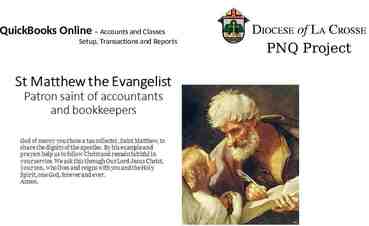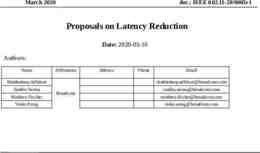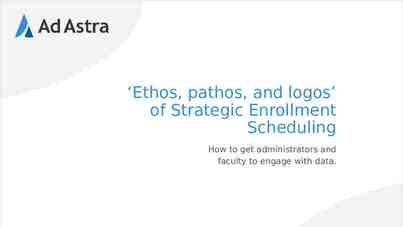Retirement Benefits MGMT 4030 – Managing Employee Reward Systems
12 Slides52.00 KB
Retirement Benefits MGMT 4030 - Managing Employee Reward Systems
Purpose of Retirement Benefits Income Replacement at Retirement Maintain Standard of Living after Retirement Need About 80 Percent of Pre-Retirement Income from All Sources Retired Individuals get Special Tax Treatment, Have Less Expenses Employer Receives Special Tax Treatment by IRS When Benefits Are “Qualified” Use as asset to create wealth, borrow, or estate to leave to your heirs (children, relatives or charity)
Sources of Retirement Income When you Decide to Retire. Retirement Benefits (50 Percent) - Most Significant Source – pensions, employer sponsored savings plans Social Security (15 - 20 Percent) Personal Savings (25-30 Percent) – home equity (most significant personal source),other investments
Employee Income Security Act (ERISA) 1974 Protects Benefits from Mismanagement Eligibility for Benefits – Employees Must Participate After One Year of Service or 1000 Hours in 12 Months Employee Vesting Schedules - Employer selects – Vesting - right to take employer’s contribution to plan – Cliff Vesting - 5 Years of Service (all or nothing) – Partial Vesting - 7 Years of Service
ERISA (Continued) Retirement Fund Administrators Obligated to Act with Prudence When Making Investments – Only investments with reasonable risks are acceptable (such as blue chip stocks, not Internet stocks, commodities or options). Employers Required to Pay for Plan Termination Insurance - ensures availability of funds for retirees – Pension Benefit Guaranty Corporation Govt. Agency
Defined Benefit Plans Benefit is Defined/Known in Advance Traditional Pension Plan - Large Firms Use It Benefit is Based on a Formula – Average of Last 5 years of Salary – Number of Years of Service Employer Assumes All Financial Risk
Pension Fund Formula - DB Calculation Retirement (5 yr. ave. income) X (yrs. of service) (Percentage factor) Example: 5 year ave. income 50K Years of service 30 years Percentage factor 1.5% Retirement Income ( 50K)X(30)X(1.5%) Retirement Income 22,500/year which is 45% of pre-retirement income
Defined Contribution Plans Employer Contributions to Plan Are Known Benefits at Retirement are Unknown – Depends on Success of Plan’s Investments Employee Shares Risk With Employer – Takes Active Role in Managing Investments Examples: 401(k) Plan, IRA, SEP, profit sharing plan
401(k) Plans Fastest Growing Retirement Plan Employee Contributions and Retirement Earnings not Taxed Limit: 15% of Salary up to 10,000/year Employee in for-Profit Business Employer Matches 25 to 100 percent of Employee Contributions May make self loans up to 50K
401(k) Plan Tips Start your 401(k) immediately, take advantage of “miracle” of compound interest If 20 or more years from retirement, invest aggressively in stocks When changing jobs roll over money into new employers’ 401(k) if greater than 5K, if less than 5K roll into an IRA - there are large tax penalties for cashing out early (before age 59 1/2). If paid in company stock, sell some of company stock when vested so there is diversification of assets and reduced exposure to risk.
Mutual Fund Investments and 401(k) Plans Mutual Funds Definition: A pooled investment with stated goals and with a professional manager. Advantages of Mutual Funds 1. Diversification - risk is pooled over many investments and accessible to middle class people. 2. Professional management - full time investment monitoring, with superior access to information. 3. Flexibility - possible to move money into diverse funds with different goals and levels of risk.
Mutual Fund Investments and 401(k) Plans Types of Mutual Funds Low Risk – Money Market funds – Bond Funds Medium Risk – Stock Funds (Growth and Value funds) – Stock Index Funds (S&P 500 Index, Dow Jones Index) High Risk – International Funds – Small Cap Funds (small and mid-sized firms)

















